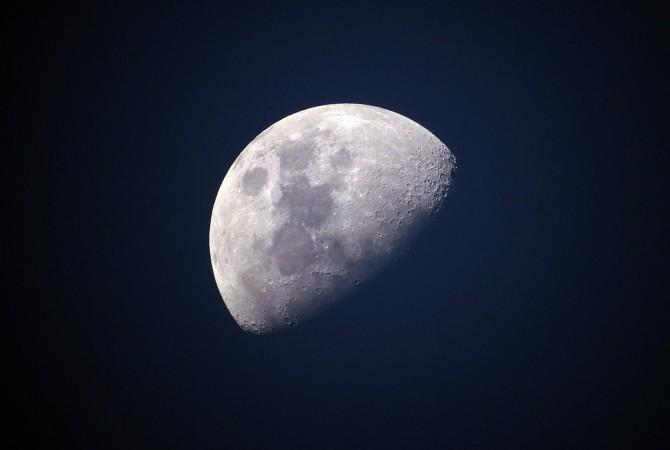
Astronomers from JAXA (Japan Aerospace Exploration Agency) have discovered an enormous cave on the Moon. This amazing finding was revealed on Thursday, October 19 by the scientists.
ALSO READ: NASA astronomers discover toxic hybrid ice cloud on Saturn's largest moon Titan
Here is all you need to know:
1. This newly found underground tunnel is located under an area known as the Marius Hills, which could be used as a base to shelter astronauts and shield them from harmful radiations and significant temperatures changes when human colonisation on the lunar surface takes place.
"We haven't actually seen the inside of the cave itself so there are high hopes that exploring it will offer more details," said Junichi Haruyama, a researcher at the Japan Aerospace Exploration Agency, as quoted by AFP, on Thursday.
2. This discovery was made by using the data from Japan's SELENE lunar orbiter, also nicknamed Kaguya. This is the second Japanese lunar orbiter following the Hiten probe – Japan's first robotic lunar probe which was launched on January 24, 1990.
3. The findings revealed that the cave is 50 kilometre (31 miles) long and 100 metres wide and it's believed to be a lava tube which was created around 3.5 billion years ago by volcanic activity.
"We've known about these locations that were thought to be lava tubes...but their existence has not been confirmed until now," Haruyama, stated.
ASO READ: Here's how you can age in a healthy way
4. In June, Japan revealed its plans to send an astronaut onto Moon around 2030. This is a pioneering announcement made by JAXA which aims at sending an astronaut beyond the ISS (International Space Station).
5. Japan aims at being the first one to join a NASA-led mission in 2025, which aims at building a space station in moon's orbit, which is a part of NASA's long-term plan to reach the Red Planet by 2030s. Announcements regarding sending astronauts to Moon have also been made by the US.
"We will return American astronauts to the moon, not only to leave behind footprints and flags, but to build the foundations we need to send Americans to Mars and beyond," US Vice President Mike Pence stated earlier this month.
6. Space programmes are being developed by India and China as well. Two astronauts returned to Earth in November by China's Shenzhou-11 spacecraft, this was one of the longest orbital mission carried out by China so far.
7. Even Beijing has revealed illustrations of Mars probe and rover which it looks forward to sending to Mars by this decade's end.





!['Had denied Housefull franchise as they wanted me to wear a bikini': Tia Bajpai on turning down bold scripts [Exclusive]](https://data1.ibtimes.co.in/en/full/806605/had-denied-housefull-franchise-they-wanted-me-wear-bikini-tia-bajpai-turning-down-bold.png?w=220&h=138)



